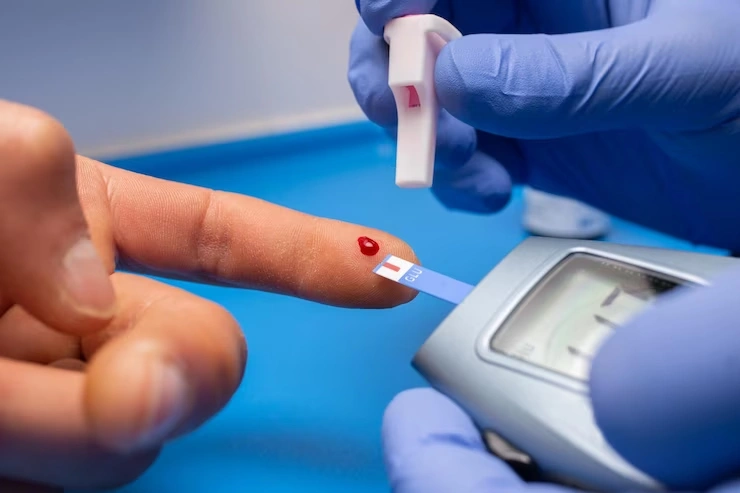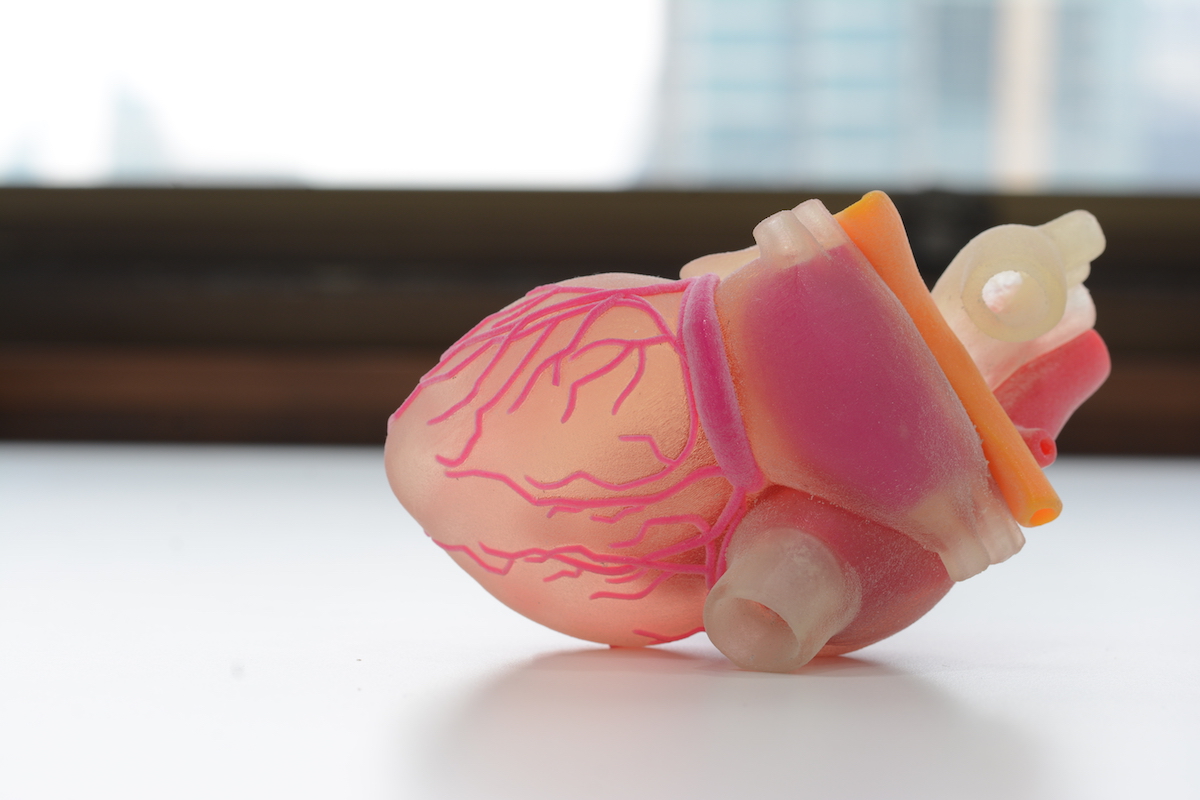Researchers from the Walter and Eliza Hall Institute of Medical Research (WEHI) in Melbourne have discovered a non-insulin molecule that mimics insulin’s function in regulating blood sugar levels. The study results provide crucial information for the future creation of an oral insulin tablet, which can replace the daily injections for people with type 1 diabetes.
Study Overview
The WEHI-led study focused on how an insulin-like molecule can mimic the function of insulin, which is a crucial hormone that regulates blood sugar levels. The research team found that an insulin-mimicking molecule can activate blood glucose absorption without requiring insulin at all. The findings provide new opportunities for the creation of oral insulin mimics that could eventually replace type 1 diabetics’ regular injections.
Trip Down the Memory Lane
The discovery of insulin in the early 20th century was a major breakthrough in medicine, leading to effective treatments for a previously deadly disease. However, the administration of insulin via injections poses challenges for many people with diabetes, who may experience pain, inconvenience, or complications from injecting themselves several times a day. In addition, insulin injections can cause side effects such as hypoglycemia (low blood sugar), weight gain, and increased risk of heart disease. Thus, the development of alternative forms of insulin delivery, such as oral pills, inhalers, or patches, has been a longstanding goal of diabetes research.
Why Don’t We Have Insulin Pills?
Insulin is fragile and easily destroyed by the stomach during digestion, making it difficult to produce an insulin tablet. Researchers have been trying to develop an insulin tablet for decades with little success, according to Dr. Nicholas Kirk of WEHI. However, the invention of cryo-electron microscopy (cryo EM) has significantly advanced insulin research. This novel method can see intricate molecules in atomic detail and quickly create 3D images of the insulin receptor, which enables the structure of the insulin receptor to be directly compared across other compounds.
Why Do We Need Insulin Pills?
One advantage of an oral insulin pill over injections is that it can mimic the natural route of insulin secretion in the body, which occurs via the digestive system rather than the bloodstream. This means that an oral insulin pill could provide a more stable and physiological insulin profile, reducing the risk of hypoglycemia and other adverse effects. In addition, an oral insulin pill could be more convenient and less stigmatizing than injections, potentially improving adherence and quality of life for people with diabetes. However, developing an effective and safe oral insulin pill is a complex and challenging task that requires overcoming multiple barriers.
Using Small Compounds to Mimic Insulin
The first step in a process that instructs cells to absorb glucose when the body’s sugar levels are too high is the action of an insulin-mimicking molecule on the insulin receptor and turning it on, as demonstrated by the current research. The scientists undertook complex cryo-EM reconstructions to gain the blueprints of various “peptide” molecules known to interact with the insulin receptor and keep it in the “active” position. They discovered that one peptide can bind to and activate the receptor similarly to insulin.
Insulin has developed to carefully grip the receptor, like a hand bringing a pair of tongs together, according to Dr. Kirk. However, the peptides used in the study activate the insulin receptor in pairs, “like two hands gripping the pair of tongs around the exterior.”
There Is Hope After All
The team’s discovery may result in a medication that can replace insulin, decreasing the need for injections in diabetics. Although therapeutic outcomes are still far off, scientists have been successful in substituting these mimic molecules with pill-form medications, according to Dr. Kirk. The study was financially supported by American pharmaceutical giant Lilly and published in Nature Communications under the title “Activation of the human insulin receptor by non-insulin-related peptides.”
In A Nutshell
WEHI researchers have discovered a non-insulin molecule that mimics insulin’s function in regulating blood sugar levels, providing crucial information for the future creation of an oral insulin tablet. The invention of cryo-electron microscopy has significantly advanced insulin research and provided a blueprint for various peptide molecules that can activate the insulin receptor. The discovery may result in a medication that can replace insulin, decreasing the need for injections in diabetics. The study was financially supported by Lilly and published in Nature Communications.
Challenges Ahead
The WEHI-led study provides a promising step towards the development of oral insulin mimics, but more research is needed to translate the findings into clinical applications. One challenge is to identify and optimize the most effective and safe insulin-like molecules that can activate the insulin receptor and regulate glucose uptake without causing harmful side effects or being degraded by the digestive system. Another challenge is to design and test the delivery systems for the insulin mimics, such as coatings, capsules, or nanoparticles, that can protect the molecules from degradation and ensure their efficient absorption into the bloodstream. Moreover, clinical trials are needed to evaluate the safety and efficacy of the oral insulin pills in humans with type 1 diabetes, and to compare their outcomes with those of insulin injections and other diabetes medications. If successful, the development of oral insulin pills could revolutionize the treatment of diabetes and improve the lives of millions of people around the world.
Subscribe
to get our
LATEST NEWS
Related Posts

Chronic & Debilitating Diseases
A Sugary Disruption: Types, Mechanisms, and Complications of Diabetes Mellitus
Effective management and prevention of uncontrolled diabetes depend on having a solid understanding of the underlying mechanisms and consequences connected with the condition.

Chronic & Debilitating Diseases
Latest Biomaterials Barcoding Breakthrough is Diabetes Type 1 Game-Changer
Novel screening method using cellularly barcoded alginates paves the way for T1DM advanced biomaterial formulations.
Read More Articles
Synthetic Chemistry’s Potential in Deciphering Antimicrobial Peptides
The saga of antimicrobial peptides unfolds as a testament to scientific ingenuity and therapeutic resilience.












